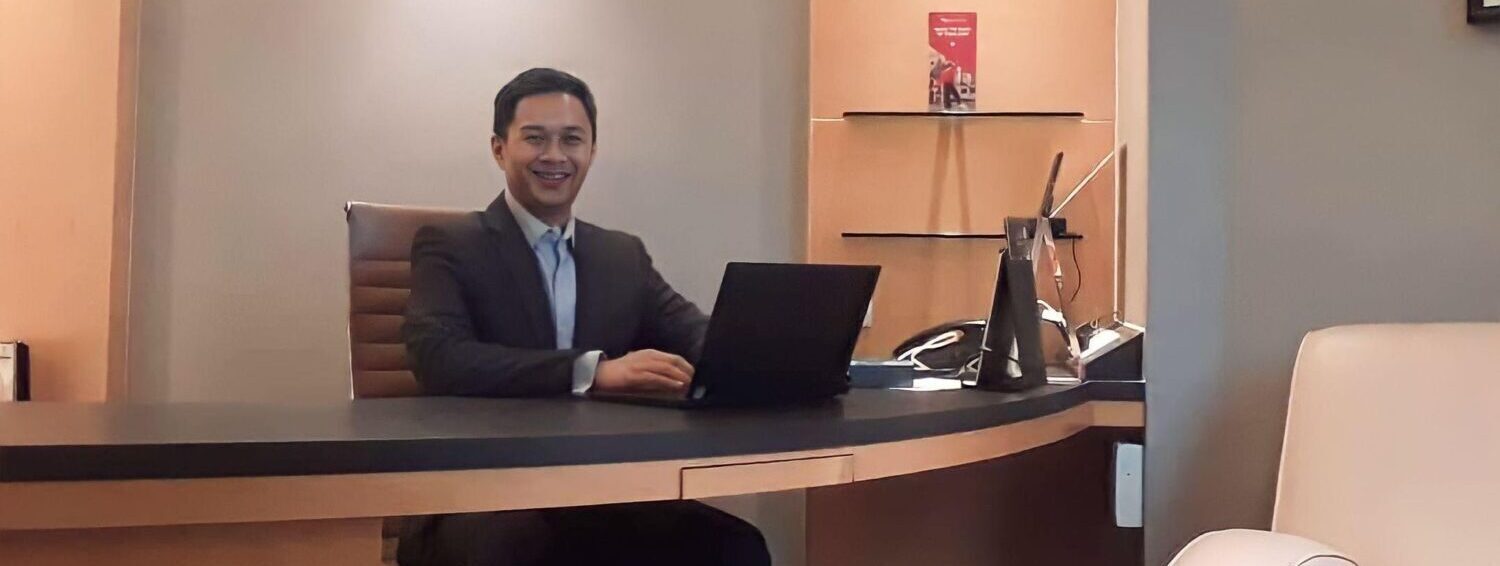
In the corporate world, organizations often portray a carefully crafted vision of success and excellence, led by their most senior leadership team. The aspirations, strategies, and goals projected by this team can be inspiring, drawing in employees and stakeholders alike. However, there are instances where the appealing vision does not fully align with the reality experienced by employees on the ground. In such cases, a toxic culture can undermine the potential greatness of the organization. Let’s explore the challenges faced when the vision of the most senior leadership team is commendable, but the culture on the ground is toxic, and how individuals can navigate through this complex situation.
The Allure of a Vision
A powerful and inspiring vision is the cornerstone of any successful organization. It serves as a guiding light, steering the company towards its objectives and motivating its workforce. Senior leadership teams have the responsibility of crafting a vision that captures the hearts and minds of their employees, clients, and investors. A compelling vision helps build a sense of purpose and unity among team members, fostering a shared commitment towards achieving greatness.
Signs of a Toxic Culture
However, beneath the glossy veneer of a captivating vision, the culture within an organization can reveal a different story. A toxic culture manifests in various ways, such as:
- Lack of Trust and Communication: When employees are hesitant to voice their opinions or fear reprisal for expressing concerns, it signals a lack of trust in the organization.
- High Turnover Rates: Frequent turnover of employees can be an indicator of a toxic work environment, where talented individuals choose to leave due to negative experiences.
- Micromanagement and Authoritarian Leadership: A culture where leadership is excessively controlling and suppresses autonomy can stifle creativity and employee growth.
- Unhealthy Competition: When internal competition becomes cutthroat rather than collaborative, it can lead to hostility and undermine teamwork.
- Disregard for Work-Life Balance: An organization that prioritizes productivity at the cost of employee well-being fosters burnout and disengagement.
Navigating the Conundrum
Finding oneself in a situation where the vision presented by the senior leadership team stands in stark contrast to the ground reality can be disheartening and challenging. Here are some strategies to navigate this conundrum:
- Acknowledge the Dissonance: Recognize and acknowledge the disparity between the vision and the culture. Avoid denying or suppressing negative feelings, as addressing them is essential for creating change.
- Seek Support: Reach out to colleagues or mentors who can provide guidance and a fresh perspective on the situation. Support networks can help navigate difficult circumstances.
- Engage in Constructive Dialogue: Consider sharing concerns with appropriate channels within the organization. Constructive feedback can contribute to fostering a healthier culture.
- Focus on What You Can Control: While you may not have the power to change the entire organizational culture, focus on cultivating a positive environment within your immediate team.
- Lead by Example: Exhibit the values and behaviors you wish to see in others. Be a role model for respectful communication, collaboration, and empathy.
- Maintain a Growth Mindset: Embrace a growth mindset that allows you to adapt and learn from challenging situations. This approach fosters resilience and enables personal development.
- Consider Your Long-Term Goals: Assess whether the toxic culture aligns with your long-term career aspirations. Sometimes, it may be necessary to explore other opportunities where your values align better.
It All Boils Down to Your Values
When the vision presented by an organization’s most senior leadership team captivates your imagination but is incongruent with the toxic culture on the ground, it can be a complex and emotionally taxing situation. By acknowledging the dissonance, seeking support, and adopting a proactive approach, individuals can navigate through this challenging phase. Remember, positive change may not happen overnight, but small steps towards building a healthier culture can make a significant difference in the long run. Ultimately, staying true to your values and well-being should guide your decisions as you forge your path in the professional world.

